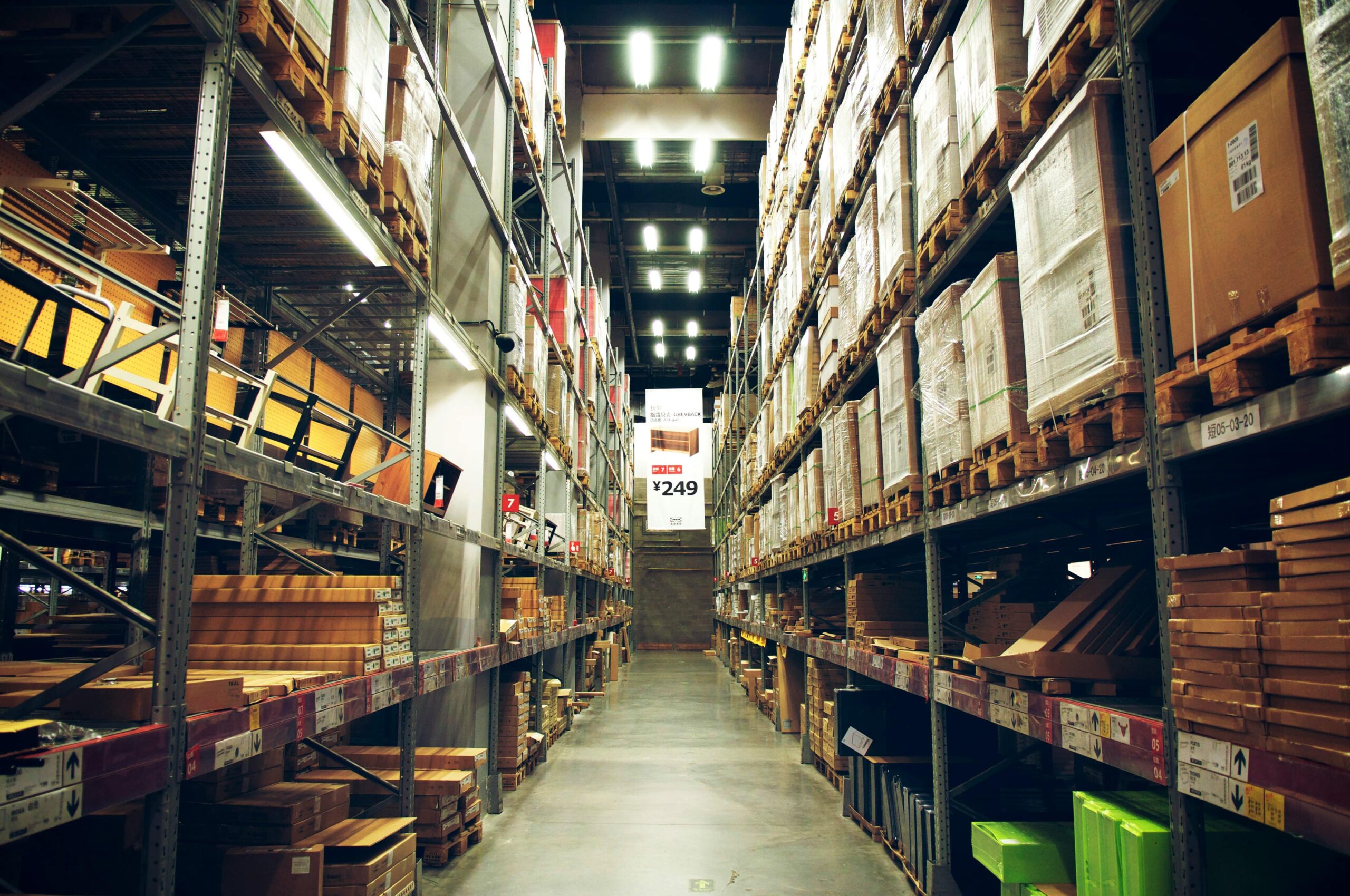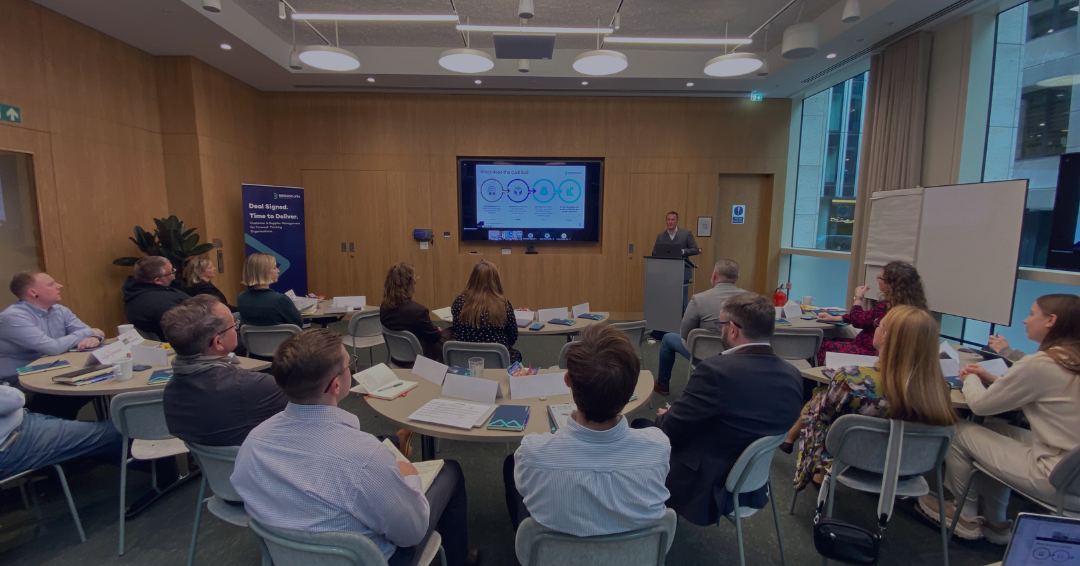Procurement Visibility: Your Competitive Advantage in Risk Management
In today’s volatile landscape, procurement visibility is a critical enabler of business resilience. Global shocks—from supply chain disruption and regulatory pressure to escalating ESG expectations—demand that procurement teams lead with insight, speed, and control.
Without clear visibility into the supplier ecosystem, companies are exposed. Procurement can’t afford to guess.
What Is Procurement Visibility, and Why Does It Matter?
Procurement visibility refers to a real-time, connected understanding of your vendor base. It’s not just about tracking spend—it’s about knowing who your suppliers are, how they perform, and how they affect your risk profile, operational performance, and sustainability commitments.
With this insight, procurement evolves from transactional gatekeeper to strategic value driver.
What Blocks Procurement Visibility?
Despite the benefits, many businesses still lack true supplier visibility. Here’s why:
-
Supplier data lives in disconnected systems
-
Contracts sit in shared drives, untracked
-
Obligations go unmet due to lack of automation
-
ESG metrics rely on outdated, self-reported surveys
According to SpendMatters, most procurement teams operate with limited control over supplier performance.
Procurement Visibility Challenges Cost More Than You Think
The 2023 Deloitte CPO Survey found that 72% of CPOs see supplier visibility as their number one challenge. Yet over half still don’t have real-time performance tracking tools.
This lack of visibility leads to:
-
Missed contract obligations
-
SLA failures
-
Delayed risk responses
-
Poor audit readiness
Ultimately, it creates fragility in your supply chain when you need strength.
Real-Time Procurement Visibility Starts with Governance
Forward-thinking organisations are making a shift—from fragmented tools to governance-led procurement models. These models connect vendor oversight across:
-
Onboarding
-
Contracting
-
Risk assessments
-
Performance tracking
-
Renewal
The result? Full procurement visibility that empowers proactive action.
Brooklyn: Enabling Continuous Procurement Visibility
Brooklyn Vendor Assurance provides a smart, AI-powered platform that centralises supplier oversight. It extracts obligations directly from signed contracts, tracks performance against SLAs in real time, and surfaces ESG data through built-in workflows.
It also aligns with modern regulations like the EU CSRD and the UK Modern Slavery Act.
If a vendor underperforms or flags a compliance issue, Brooklyn enables procurement teams to respond immediately—not weeks later.
Procurement Visibility in Action: What You Gain
With connected, real-time data:
-
Internal teams gain trust in procurement insights
-
Compliance reporting becomes audit-ready
-
Leadership can act fast on risk and opportunity
-
Supplier feedback becomes ongoing, not ad hoc
As a result, procurement visibility becomes a driver of stronger vendor relationships and better business outcomes.
Strengthening Supplier Collaboration Through Transparency
Procurement visibility doesn’t just reduce risk—it creates alignment. When suppliers know what’s expected, and performance is monitored fairly and consistently, they’re more likely to collaborate, improve, and contribute to ESG goals.
McKinsey’s research confirms that transparency improves vendor resilience.
The Bottom Line: Procurement Visibility Isn’t Optional Anymore
In a time of heightened scrutiny and accelerated change, procurement visibility is your foundation for smart governance, measurable impact, and long-term resilience.
Want to take action?
Explore Brooklyn’s procurement visibility capabilities and transform how you manage suppliers—from contracts to compliance.


